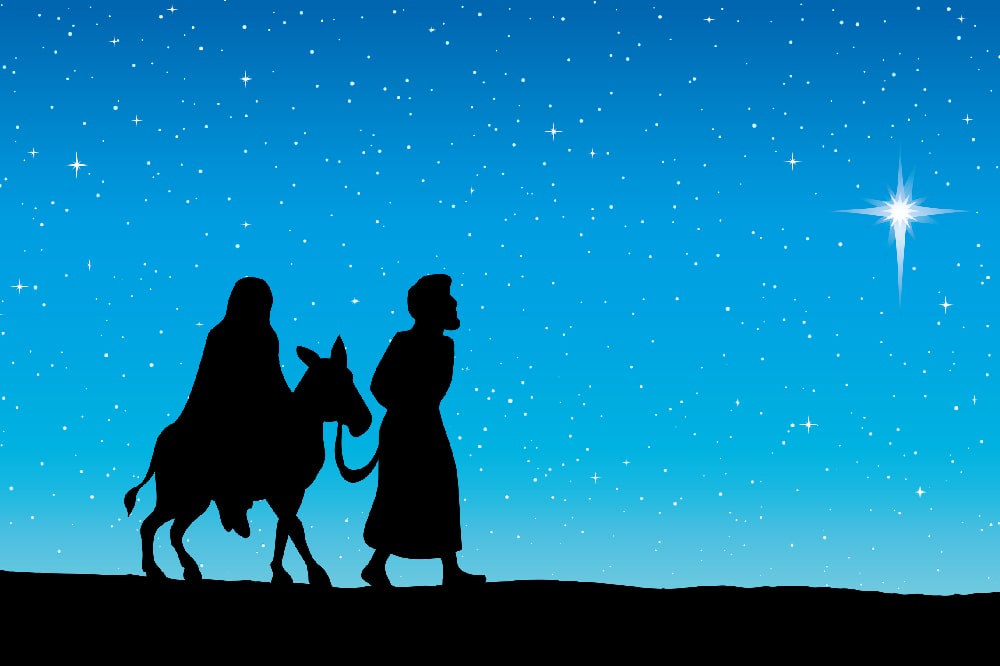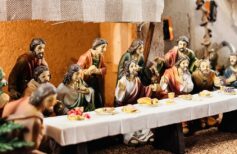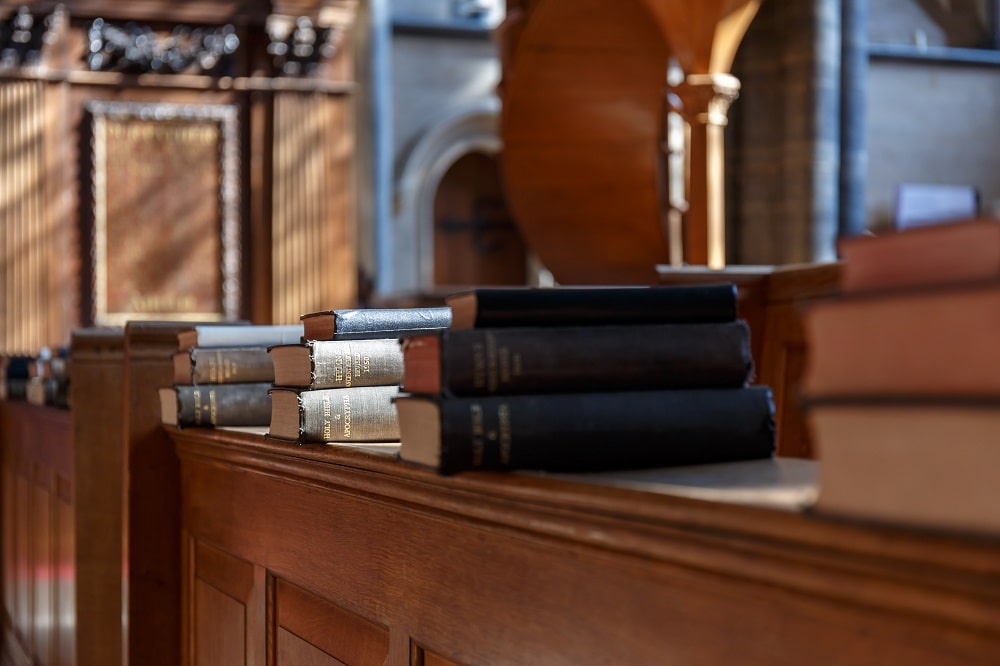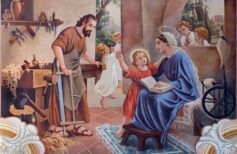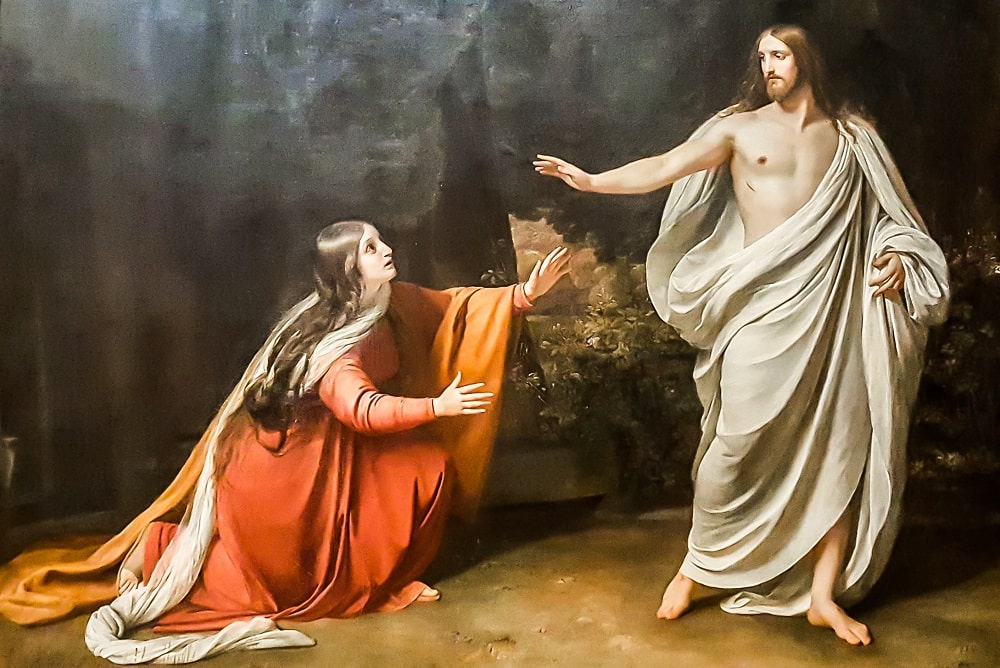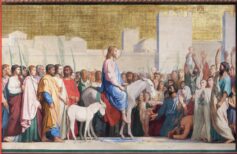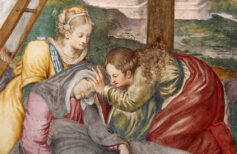The fleeing to Egypt is an episode from Jesus’ childhood. Between history and faith here is the Savior’s first journey
Not all the canonical Gospels recount the early days of Jesus’ life in a precise and timely manner. For example, we saw how only Luke in his Gospel (Luke 2:8-14) dwelt on the Adoration of the shepherds. Instead, in this article we discuss the escape into Egypt, another salient episode immediately following the Nativity, which features the Holy Family as protagonists, but which is reported only by the Gospel according to Matthew (Matt. 2:13-23).

What happened to the fourth Wise Man?
The Three Wise Men have always had a great fascination, although nothing is known about them. Today we want to tell you about…
The story is familiar to all: the Magi went to King Herod the Great, father of that Herod Antipas, future Tetrarch of Galilee, who would one day be responsible for the execution of John the Baptist. They are looking for the King of the Jews, whose coming was announced to them by a miraculous Comet Star. Alarmed by that announcement, Herod interrogates priests and scribes to find out where this legendary child was born and discovering that the place is Bethlehem sends the Three Kings there to learn more.

The three Magi go to the cave where the baby Jesus rests in the manger, offer him gold, frankincense, and myrrh, and prostrate themselves to worship him as a king. Then, warned in a dream by an angel not to return to Herod, they turn their steps homeward. Also in a dream, an angel also appears to Joseph, enjoining him to flee to Egypt because Herod wants Jesus dead. So Joseph and Mary set out again, taking the Savior to safety.

The story of the Holy Family’s journey to Egypt, however, has a tragic ending: Herod, furious at the betrayal of the Magi and obsessed with the purpose of killing the little King, unleashes his soldiers against all the newborn babies in Bethlehem. It is the episode sadly known as the Massacre of the Innocents.
Both the Escape to Egypt and the Massacre of the Innocents have inspired artists of all times. For the first episode, think of Giotto’s fresco in the Scrovegni Chapel in Padua, or Caravaggio’s masterpiece; for the latter, think of Domenico Ghirlandaio’s fresco in the basilica of Santa Maria Novella in Florence, or the works of Guido Reni or Beato Angelico. The two events are also told in the tales of the Life of the Virgin and the Life of Christ.

Only after the massacre of the innocents and the death of Herod the Great did Joseph and his family return to Nazareth. Luke in his Gospel completely ignores these events, making the Holy Family return to Nazareth immediately after Jesus’ circumcision and Mary’s purification rites in Jerusalem, about a month after the Nativity.
Re-reading the story of the Holy Family‘s Escape to Egypt and the Massacre of the Innocents, it is inevitable to think of the plight of refugees and migrants fleeing their countries, of refugees and asylum seekers seeking safety from war and violence, only to find themselves often rejected, persecuted, enslaved by the very people who should have been helping them. Yet God is with all of them, as he was with Joseph and Mary, he is close to those who suffer and seek a place to live in peace, with dignity, regretting their faraway homeland, but cherishing their lives and those of their loved ones as precious possessions.

The Massacre of the Innocents
Like many episodes in the Holy Scriptures, the Massacre of the Innocents has also been the subject of study and diatribe regarding its historical veracity for centuries. We know from historical sources that Herod was, like many of his contemporaries, a cruel and ruthless king who did not hesitate to slaughter his own wife, three of his sons and other relatives, fearing they would usurp his power. Therefore, it’s not hard to believe that he also ordered the slaughter of the children of Bethlehem. But it could also just be a symbolic tale to reconnect the birth of Jesus with that of Moses.

The children killed in the massacre of the innocents are remembered by the church as martyrs and their liturgical memory falls on December 28, as the Feast of the Holy Innocents (Die sanctorum Ignoscentum). This feast falls within the Octave of Christmas, the feast days immediately following Christmas that celebrate the memory of men who were especially close to Christ, the Comites Christi, the “following of Christ.”

